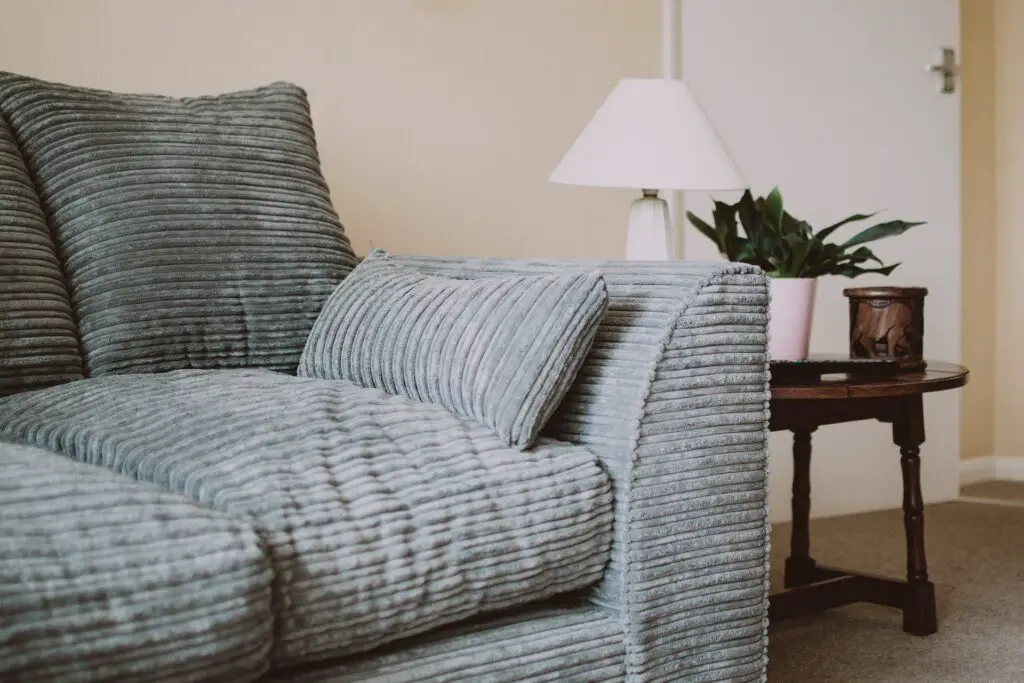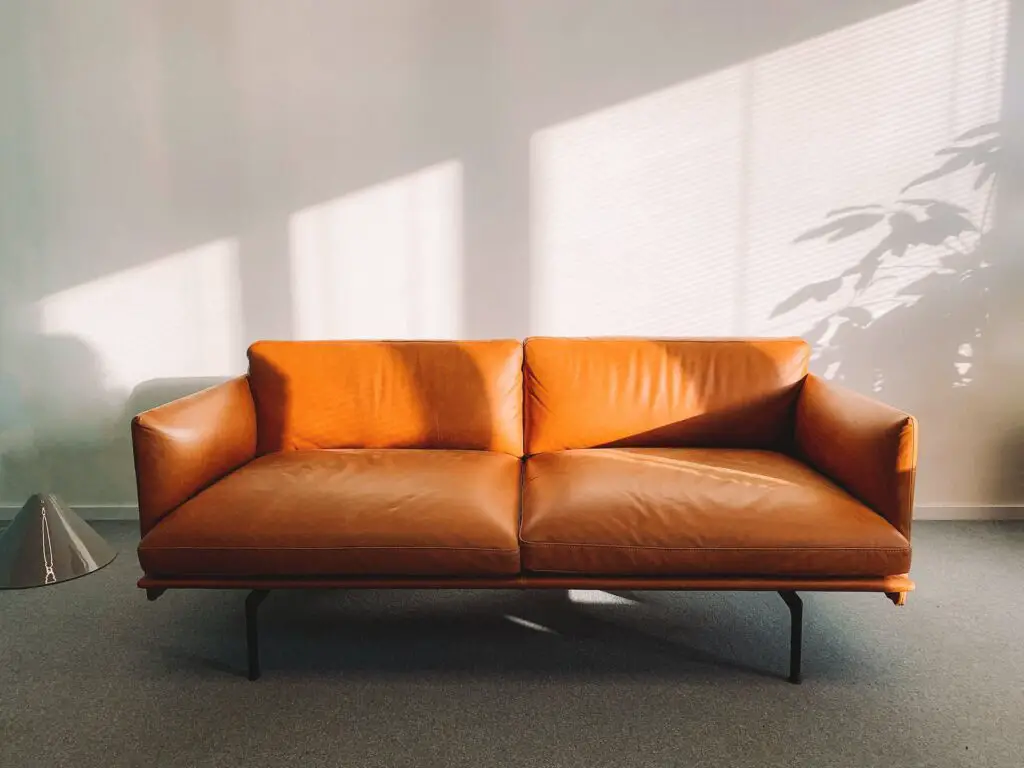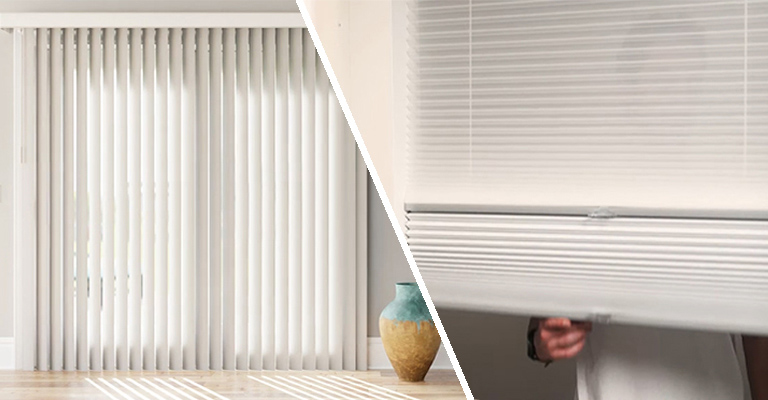Sofa vs Couch: Differences and Similarities

Sofa or couch? The terms are often used interchangeably to refer to the same piece of furniture, but is there really a difference between the two? The answer is yes and no.
Traditionally, a sofa is a more formal piece of furniture with a straight back and arms, designed for seating multiple people. On the other hand, a couch is typically more casual, with softer cushions and a curved or sloping back. However, these distinctions have become blurred over time, and many people now use the terms interchangeably.
Despite the lack of a clear distinction between the two, the debate over sofa vs couch continues to be a topic of interest for many. Some people argue that a sofa is more elegant and refined, while a couch is more comfortable and inviting. Others simply use whichever term they prefer, without giving much thought to the differences between the two. Regardless of which side of the debate you fall on, it’s clear that both sofas and couches have their own unique characteristics and appeal.
Historical Evolution
Origin of ‘Sofa’
The word ‘sofa’ originated from the Arabic word ‘suffah’ which means ‘bench’ or ‘raised platform.’ It was originally used to describe a long bench with cushions that was used for seating in Arab households. The concept of the sofa was introduced to Europe during the Crusades, and it became popular in the 17th and 18th centuries.
In Europe, the sofa evolved into a more luxurious piece of furniture, with ornate designs and comfortable upholstery. It was often used in formal living rooms and was a symbol of wealth and status. The sofa also became popular in the United States during the 19th century, and it remains a staple in many American homes today.
Origin of ‘Couch’
The word ‘couch’ originated from the French word ‘coucher’ which means ‘to lie down.’ The couch was originally designed as a piece of furniture for reclining, and it was often used for napping or lounging. The couch became popular in Europe during the 18th century, and it was often used in informal settings such as libraries or drawing rooms.
In the United States, the term ‘couch’ became popular during the mid-19th century, and it was often used interchangeably with the word ‘sofa.’ However, the term ‘couch’ is now more commonly used to describe a smaller, more casual piece of furniture, while the term ‘sofa’ is used to describe a larger, more formal piece of furniture.
Overall, the evolution of the sofa and couch has been influenced by cultural and social factors, as well as changes in design and technology. Today, both pieces of furniture remain popular and continue to evolve to meet the changing needs and preferences of consumers.
Design and Style Differences
Structure and Build
While sofas and couches share a similar purpose, they differ in structure and build. Sofas are typically larger and more formal in design, with straight lines and sharp angles. They often feature a sturdy frame made of hardwood or metal, with cushions that are firmer and more structured. On the other hand, couches are generally smaller and more casual, with softer lines and rounded edges. They often have a frame made of wood or particleboard and cushions that are softer and more plush.
Aesthetic and Form
In terms of aesthetics, sofas and couches also differ in their overall form and style. Sofas tend to have a more traditional or formal look, with designs that are often inspired by classic furniture styles. They may feature tufted cushions, decorative trim, and ornate legs. Couches, on the other hand, are often more modern or casual in style, with clean lines and simple designs. They may have sleek metal legs or no legs at all, and their cushions may be loose and unstructured.
When it comes to choosing between a sofa and a couch, it ultimately comes down to personal preference and the overall style of the room. A sofa may be a better choice for a formal living room or a space that requires a more structured seating option, while a couch may be a better fit for a casual family room or a space that requires a more relaxed atmosphere.
Functional Purposes
Comfort and Usage
When it comes to comfort, both sofas and couches serve their purpose. However, sofas are generally considered to be more comfortable due to their deeper seats and higher backs. Sofas are also ideal for napping and lounging, as they offer more space to stretch out.
On the other hand, couches are better suited for sitting upright and engaging in conversation. They tend to have firmer cushions and shallower seats, which make them more suitable for socializing and entertaining guests.
Spatial Considerations
When it comes to spatial considerations, couches are generally more versatile than sofas. Couches come in a variety of sizes and shapes, making them easier to fit into smaller spaces. They are also more mobile, as they tend to be lighter in weight and easier to move around.
Sofas, on the other hand, tend to be larger and more difficult to move. They are better suited for larger living spaces, where they can serve as a focal point for the room. Sofas also tend to be more formal in design, making them ideal for more traditional or elegant living spaces.
In conclusion, both sofas and couches have their own unique strengths and weaknesses. When choosing between the two, it is important to consider both comfort and spatial considerations to ensure that you choose the best option for your needs.

Terminology and Regional Preferences
The terms “sofa” and “couch” are often used interchangeably to refer to a piece of furniture designed for seating multiple people. However, there are subtle differences in their meanings and usage.
In general, “sofa” is considered a more formal term, while “couch” is considered more casual. The word “sofa” is derived from the Arabic word “suffah,” which refers to a raised platform covered with cushions and blankets. “Couch,” on the other hand, comes from the French word “coucher,” meaning “to lie down.”
Regional preferences also play a role in the use of these terms. In the United States, “couch” is the more commonly used term, while in the United Kingdom, “sofa” is preferred. In Australia, both terms are used interchangeably.
It is worth noting that some furniture manufacturers and retailers use the terms “sofa” and “couch” to differentiate between different styles or sizes of seating. For example, a “sofa” may refer to a larger, more formal piece of furniture, while a “couch” may refer to a smaller, more casual option.
Ultimately, the choice between “sofa” and “couch” comes down to personal preference and cultural norms. Regardless of the term used, a comfortable and stylish seating option can be a valuable addition to any home.
Frequently Asked Questions (FAQs)
Q: What distinguishes a sofa from a loveseat in terms of design and function?
A: A sofa is typically larger than a loveseat and can seat three or more people, while a loveseat is designed to seat two people. Sofas are often the centerpiece of a living room, while loveseats are more commonly used as secondary seating in smaller spaces or as part of a larger seating arrangement.
Q: Is there a regional preference for using the term ‘couch’ over ‘sofa’ in the United States?
A: Yes, there is a regional preference for using the term ‘couch’ over ‘sofa’ in some parts of the United States, particularly in the Midwest and West. However, the terms are often used interchangeably and there is no clear consensus on which term is more correct.
Q: How do the terms ‘sofa’, ‘settee’, and ‘divan’ differ in their usage and construction?
A: While the terms ‘sofa’, ‘settee’, and ‘divan’ are often used interchangeably, they do have distinct differences in their construction and usage. A sofa typically has arms and a back, while a settee is smaller and often has no arms. A divan is a type of sofa that is typically low to the ground and has no back.
Q: What are the various types of sofas available and how do they serve different purposes?
A: There are many different types of sofas available, including sectional sofas, sleeper sofas, reclining sofas, and loveseats. Each type of sofa serves a different purpose, from providing extra seating to offering a comfortable place to sleep.
Q: In what contexts is a ‘davenport’ used to describe a piece of furniture and how does it compare to sofas and couches?
A: The term ‘davenport’ is an older term that was commonly used to describe a type of sofa or couch that had a high back and arms. Today, the term is less commonly used and has largely been replaced by the term ‘sofa’ or ‘couch’.
Q: Why is the term ‘couch’ more commonly used in American English while ‘sofa’ is preferred in other dialects?
A: The reasons for the regional differences in the usage of ‘couch’ vs. ‘sofa’ are not entirely clear, but it is likely due to a combination of factors, including regional dialects and cultural differences. In general, ‘couch’ is more commonly used in American English, while ‘sofa’ is preferred in other English-speaking countries.
Conclusion
The sofa versus couch debate often comes down to the intended use and design preferences within a living space. While couches tend to offer a more casual seating option, ideal for lounging and informal settings, sofas are typically larger and designed with both aesthetics and function in mind, making them suitable for large living rooms and commercial spaces alike. The main difference between these two pieces of furniture lies not just in their size and style, but also in their actual difference in intended use, a key factor that design industry professionals often emphasize.
Understanding these key differences can help homeowners and designers alike make informed decisions that enhance the comfort and appearance of any living space. As we delve deeper into the nuances between these two words, it becomes clear that the actual difference transcends mere semantics and touches upon the core of how spaces are used and enjoyed. Whether for a sprawling living room or a cozy nook, choosing between a sofa and a couch involves considering the specific needs of a space and the lifestyle of its inhabitants.
This discussion, along with other submit related articles, contributes to a broader understanding of how furniture can transform a living area. The design industry continues to evolve, and with it, the terminology and concepts we use to define our living environments. By exploring the distinctions and similarities between sofas and couches, we enrich our approach to decorating and utilizing our homes to their fullest potential.






